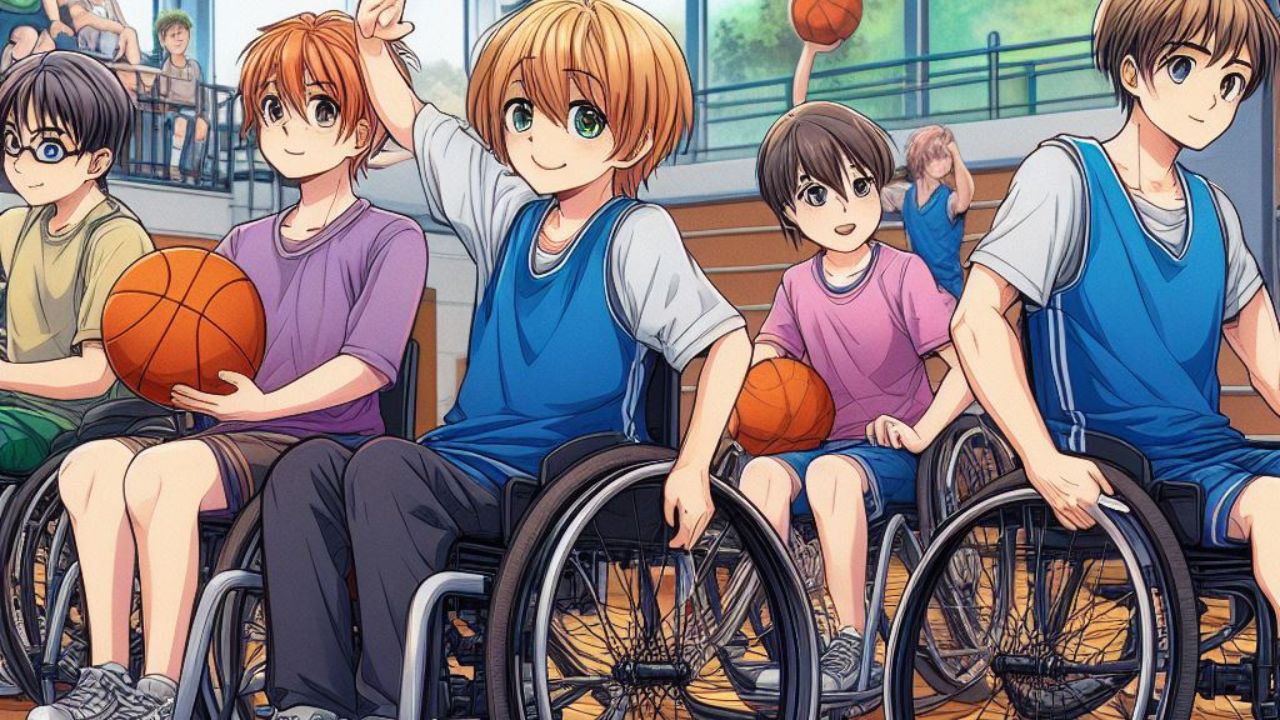
In today's sedentary world, it is crucial to prioritize physical activity for children to promote their overall well-being.
This article aims to provide practical guidance on boosting mobility in kids through a carefully curated selection of the top 10 exercises for pediatric training.
With a focus on techniques that are both engaging and effective, parents and caregivers can empower children to develop strength, coordination, and flexibility.
Let us explore these exercises, designed to inspire a lifelong love for movement and freedom of mobility.
Exercise 1: Squats
Squats are essential for building lower body strength and improving overall mobility in children. Not only do they target major muscle groups like the quadriceps, hamstrings, and glutes, but they also help improve balance and coordination.
The benefits of squats extend beyond physical strength. By engaging in this exercise, children develop body awareness and learn proper movement mechanics. Teaching them the importance of maintaining proper squat form is crucial to prevent injury and maximize the benefits.
Encouraging children to perform squats with their feet shoulder-width apart, knees aligned with their toes, and hips pushed back will ensure proper alignment and activation of the targeted muscles.
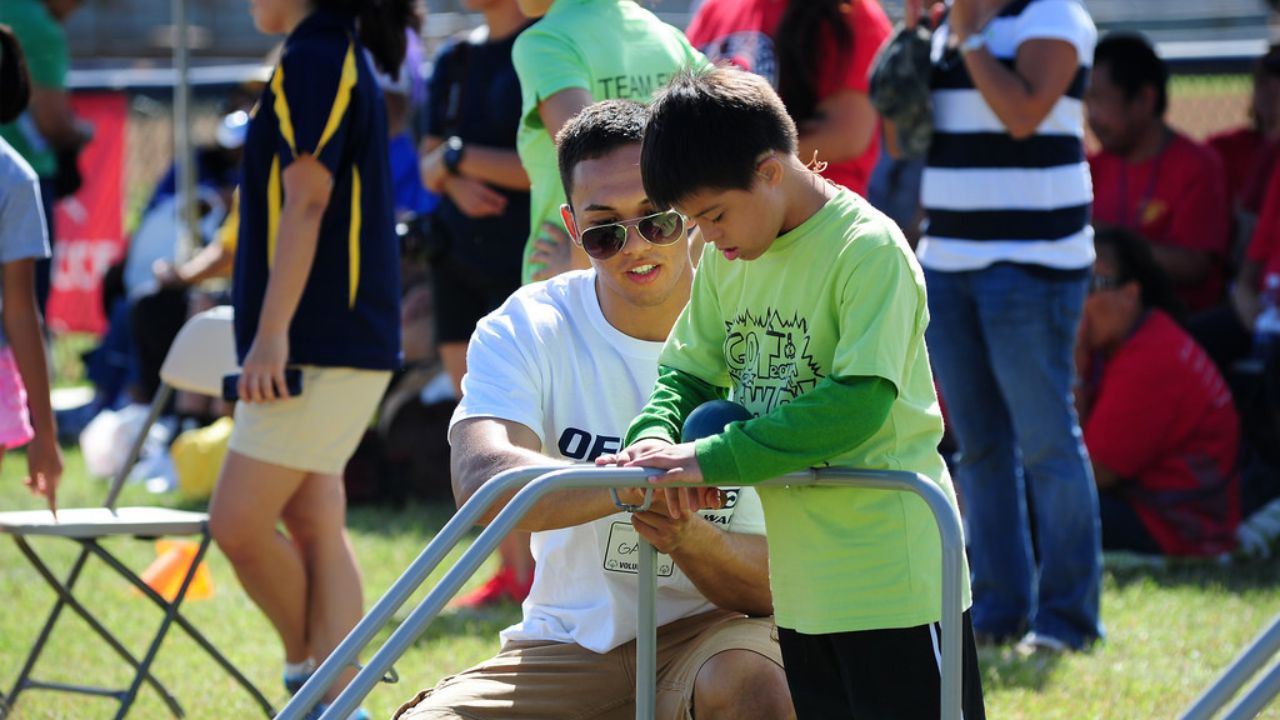
Regularly incorporating squats into a child's exercise routine will not only improve their lower body strength but also enhance their overall mobility, setting them on a path to physical freedom.
Exercise 2: Jumping Jacks
Jumping jacks, a dynamic exercise that combines cardiovascular fitness and coordination, are a great addition to a child's exercise routine for boosting overall mobility. Not only do they get the heart pumping and the blood flowing, but they also help improve coordination and strengthen the muscles in the legs, arms, and core.
Jumping jacks can be modified to suit different skill levels and abilities, making them accessible to all children. Variations of jumping jacks include side-to-side jumps, squat jumps, and star jumps, which add an extra challenge and engage different muscle groups.
The benefits of incorporating jumping jacks into a child's exercise routine are numerous. They promote cardiovascular health, improve coordination and balance, enhance flexibility, and contribute to overall fitness and well-being.
Exercise 3: Lunges
Exercise 3:
Lunges are a highly effective exercise for boosting lower body strength and stability. Lunges target multiple muscle groups, including the quadriceps, hamstrings, glutes, and calves, helping to improve overall lower body strength and balance.
In order to perform lunges correctly, it is important to maintain proper form, including keeping the front knee aligned with the ankle and ensuring the back knee hovers just above the ground.
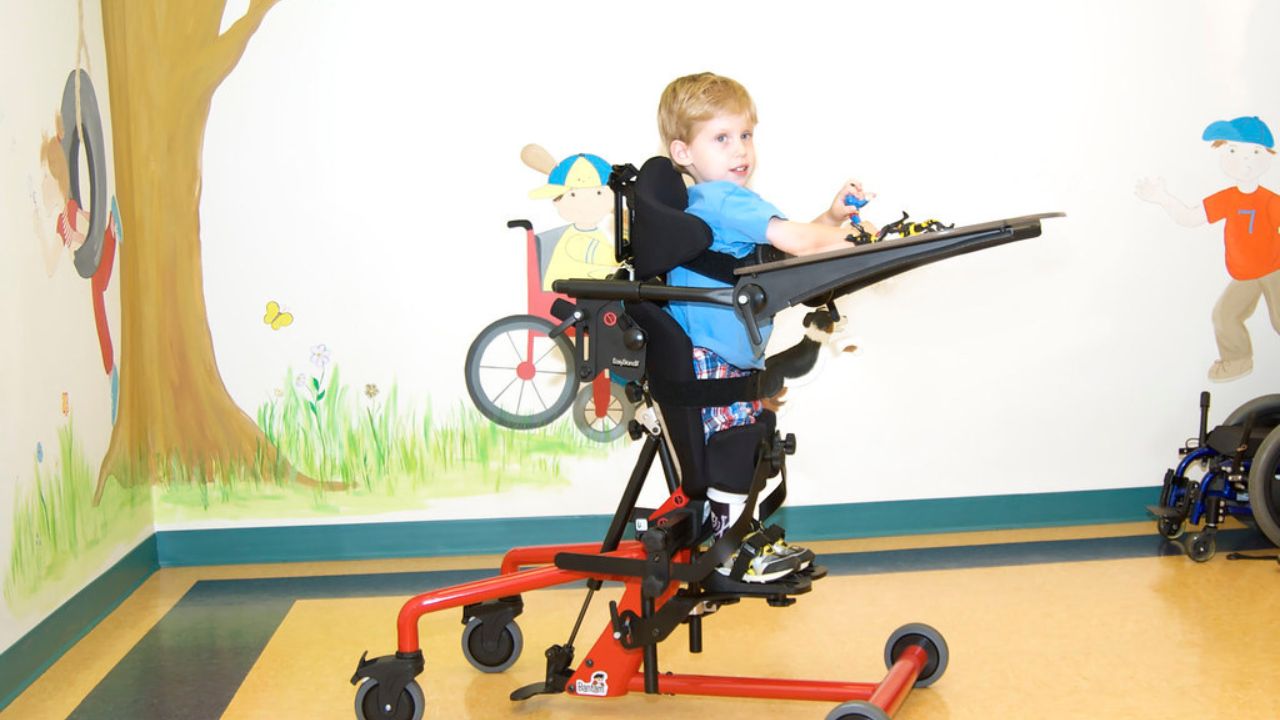
Additionally, there are variations of lunges, such as reverse lunges and walking lunges, that can provide added challenge and variety to the exercise routine.
Benefits of Lunges
While lunges are often overlooked, they provide numerous benefits for improving lower body strength and stability. Lunges are a versatile exercise that targets multiple muscle groups, including the quadriceps, hamstrings, glutes, and calves. They also engage the core muscles, promoting better balance and coordination.
One of the main benefits of lunges is that they can be easily modified to suit different fitness levels and goals. For example, variations such as walking lunges, reverse lunges, and lateral lunges can add variety to the workout routine and target different muscle groups. Additionally, lunges can be performed with or without weights, allowing individuals to adjust the intensity as needed.
Regularly incorporating lunges into your exercise routine can lead to improved lower body strength, increased muscle tone, and enhanced stability. They can also help improve posture and reduce the risk of injuries in everyday activities.
To achieve optimal results and prevent injury, mastering proper lunge form is crucial for individuals of all fitness levels. Lunges are a versatile and effective exercise that targets the lower body, particularly the quadriceps, hamstrings, and glutes. However, many people make common mistakes in their lunge technique, which can not only reduce the effectiveness of the exercise but also increase the risk of injury.
One of the most common mistakes in lunges is allowing the knee to extend beyond the toes. This places excessive strain on the knee joint and can lead to pain and injury. It is important to keep the knee in line with the ankle throughout the movement. Another mistake is leaning too far forward or backward, which can compromise balance and stability. Maintaining an upright posture with the core engaged is essential for proper lunge form.
To perform a lunge correctly, start by standing tall with your feet hip-width apart. Take a step forward with one foot, bending both knees until the front thigh is parallel to the floor, and the back knee hovers just above the ground. Push through the front heel to return to the starting position and repeat on the other side. Remember to keep the core engaged, maintain proper alignment, and avoid rushing through the movement.
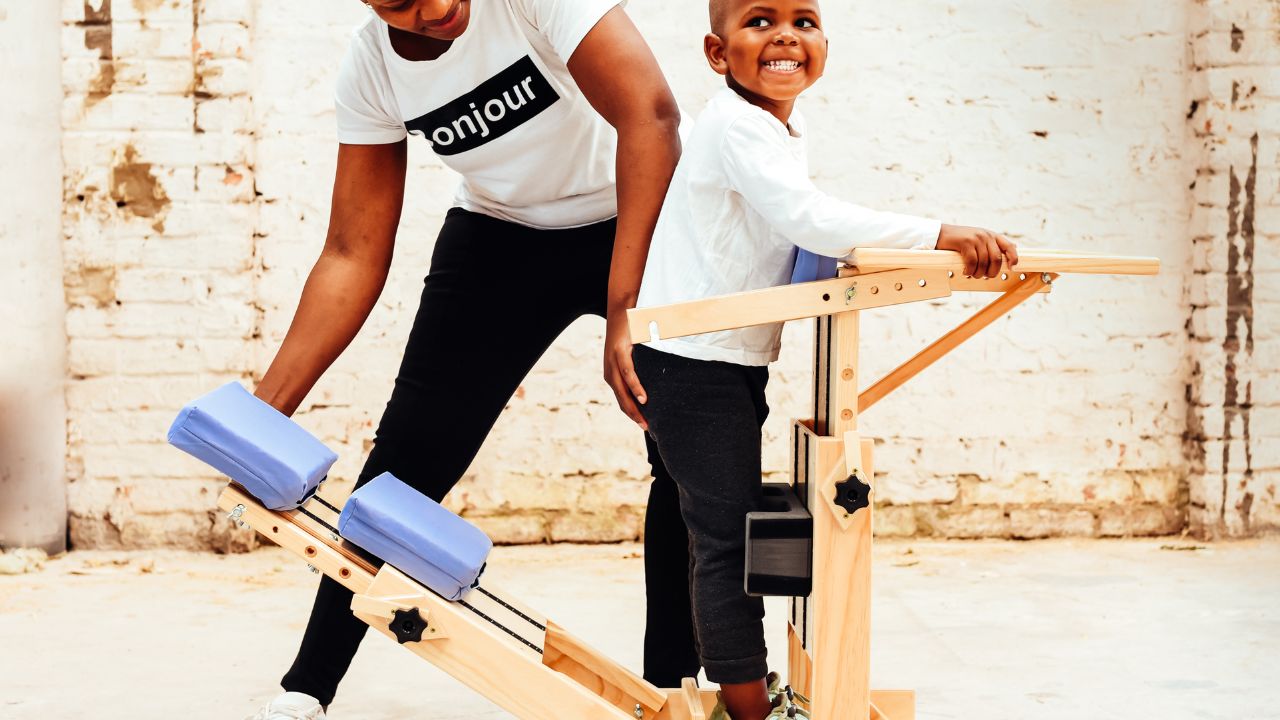
Variations for Lunges
Incorporating different equipment, such as dumbbells or resistance bands, can add intensity and challenge to lunges, making them more effective for building lower body strength and stability.
Lunges with weights provide an opportunity to target specific muscle groups and increase resistance, allowing for greater gains in strength and power.
By adding weights to lunges, individuals can engage their muscles more effectively, leading to improved muscle activation and overall development.
Additionally, lunges with weights can also enhance flexibility as the added resistance forces the muscles to stretch and elongate, promoting increased range of motion.
This is particularly beneficial for athletes and individuals seeking to improve their performance in sports or other physical activities.
Whether it's for building strength or enhancing flexibility, incorporating weights into lunges can be a valuable addition to any workout routine.
Exercise 4: Bear Crawls
Bear crawls are a highly effective exercise for improving mobility in children. By crawling on all fours, kids engage their core, strengthen their upper body, and promote coordination.
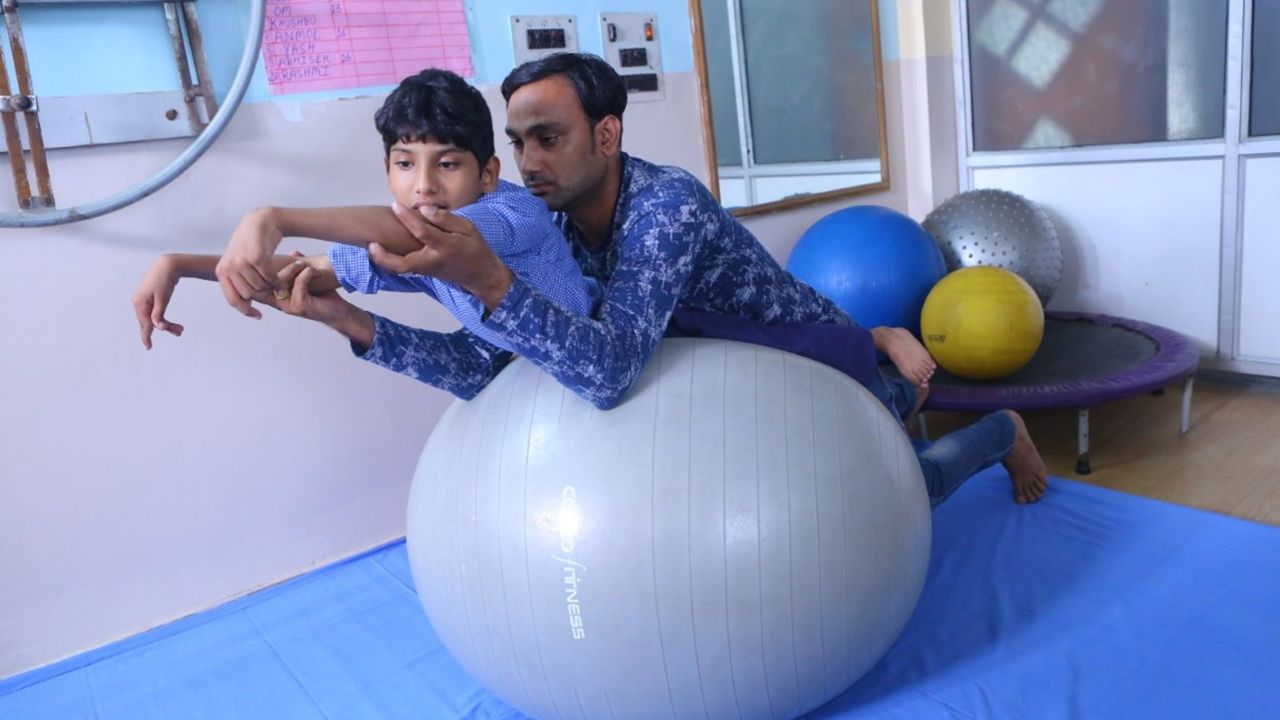
Additionally, there are various ways to modify bear crawls to make them more challenging or to target specific muscle groups.
Benefits of Bear Crawls
One of the key advantages associated with the utilization of bear crawls in pediatric training is the improvement in overall coordination and balance. Bear crawls, a fundamental movement pattern, engage multiple muscle groups simultaneously, helping children develop a strong mind-body connection.
Incorporating bear crawls into a workout routine offers numerous benefits, including:
- Enhances core strength: Bear crawls require a stable core, promoting the development of strong abdominal and back muscles.
- Builds upper body strength: The weight-bearing nature of bear crawls targets the arms, shoulders, and chest, contributing to upper body strength development.
- Improves cardiovascular health: Bear crawls elevate heart rate, providing a cardiovascular workout that enhances endurance and stamina.
- Enhances body awareness: The quadrupedal movement pattern of bear crawls helps children become more aware of their body position and movement in space.
To incorporate bear crawls into a workout routine, start with short distances and gradually increase the duration or intensity. Encourage children to maintain proper form and engage in bear crawls on a soft surface to reduce the risk of injury.
Variations of Bear Crawls
There are several different variations of bear crawls, including the sideways bear crawl and the bear crawl with a push-up. These variations add an extra challenge to the traditional bear crawl exercise, helping to enhance strength, coordination, and mobility.
The sideways bear crawl requires you to move laterally while maintaining the bear crawl position, engaging the muscles in a different way and improving overall stability.
On the other hand, the bear crawl with a push-up combines the benefits of both exercises, targeting the upper body muscles and core while also working on coordination and body control.
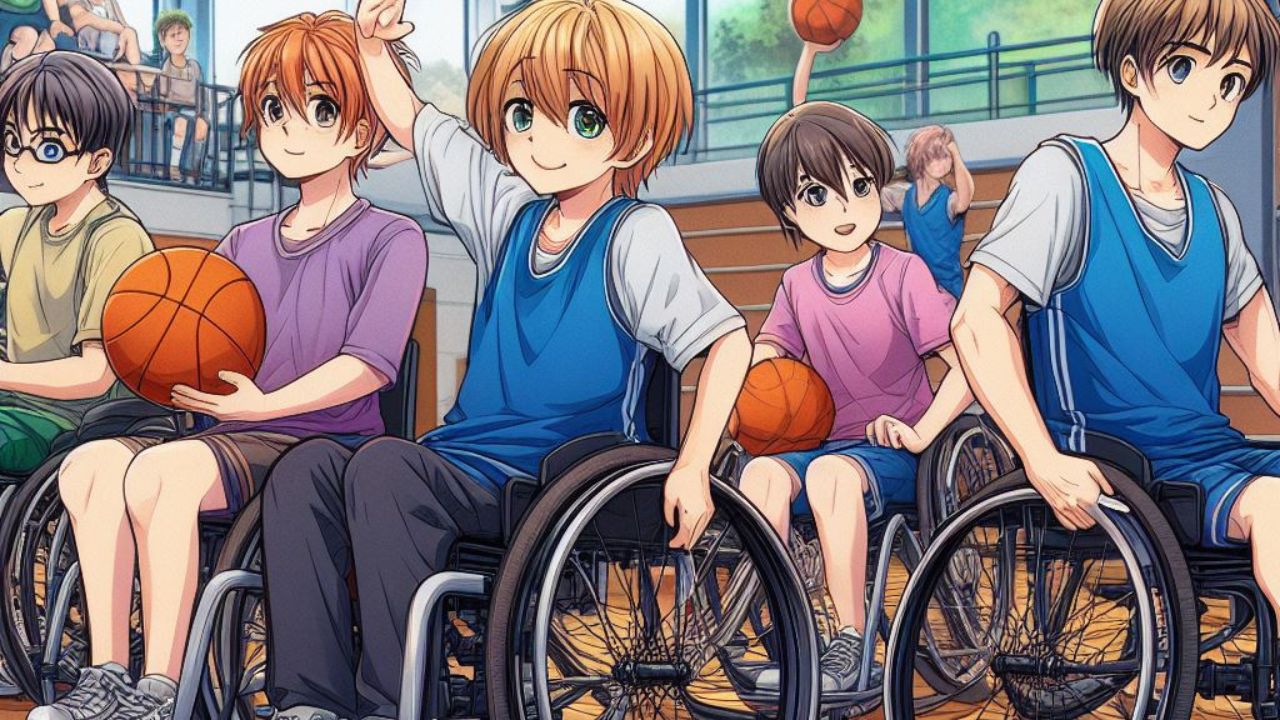
Incorporating these variations into your workout routine can provide a well-rounded approach to improving fitness and functional movement. Remember, it's important to always listen to your body and modify the exercises as needed to avoid any injuries.
Exercise 5: Skipping
Skipping, which is a fundamental exercise for enhancing coordination and cardiovascular fitness, is an effective way to engage children in physical activity. Not only does it provide numerous health benefits, but it also promotes freedom of movement and self-expression.
When teaching kids proper skipping technique, it is important to emphasize the following key points:
Start with a warm-up: Encourage children to perform dynamic stretches to loosen up their muscles and prevent injury.
Maintain proper posture: Remind kids to keep their heads up, shoulders back, and chest out while skipping.
Bend the knees: Instruct children to flex their knees slightly to absorb the impact and reduce strain on their joints.
Swing the arms: Teach kids to swing their arms in coordination with their skipping rhythm to enhance balance and momentum.
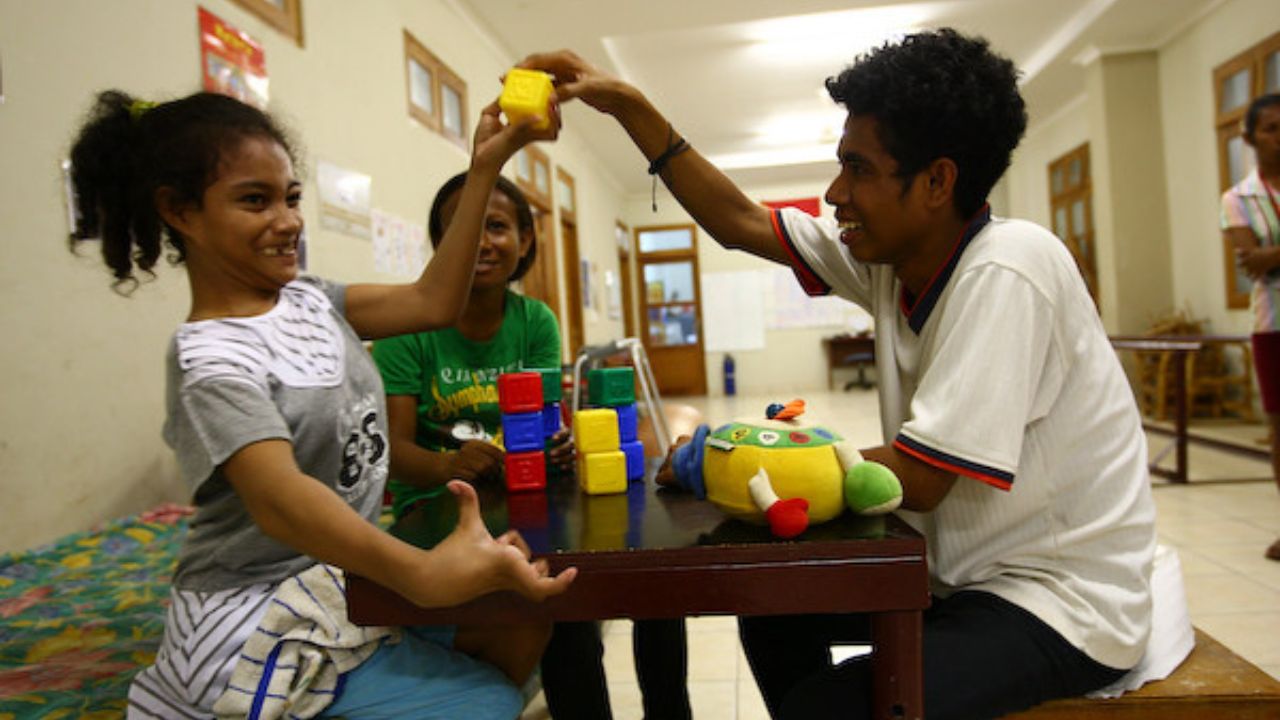
Exercise 6: Balancing on One Leg
Exercise 6: Balancing on One Leg is a fundamental exercise that aids in improving coordination and stability in children.
It helps strengthen the muscles responsible for maintaining balance and promotes body awareness.
As children progress in their training, they can explore advanced variations of this exercise to further challenge their balance and enhance their overall mobility.
Benefits of Balancing
One of the key advantages associated with practicing balancing on one leg is the improvement in core stability and overall coordination in children. Balancing exercises not only help strengthen the core muscles but also enhance the proprioceptive abilities, which are essential for maintaining balance and stability.
Some of the benefits of balancing include:
- Improved posture: Balancing exercises promote proper alignment of the spine and help children develop a strong and upright posture.
- Increased body awareness: Balancing requires concentration and focus, which enhances the mind-body connection and improves overall body awareness.
- Enhanced sports performance: Balancing exercises can improve agility, coordination, and reaction time, making children better equipped for various sports activities.
- Injury prevention: By improving core strength and stability, balancing exercises can help prevent injuries by providing a solid foundation for movement and reducing the risk of falls.
Incorporating balancing exercises into a child's routine can have numerous long-term benefits, not just for physical health but also for overall well-being.
Improving Coordination and Stability
Enhancing coordination and stability can be achieved through incorporating balancing on one leg into a child's exercise routine. Balancing exercises help improve stability by challenging the body to maintain equilibrium while standing on one leg. These exercises not only enhance motor skills but also develop core strength and proprioception, which is the body's ability to sense its position in space.
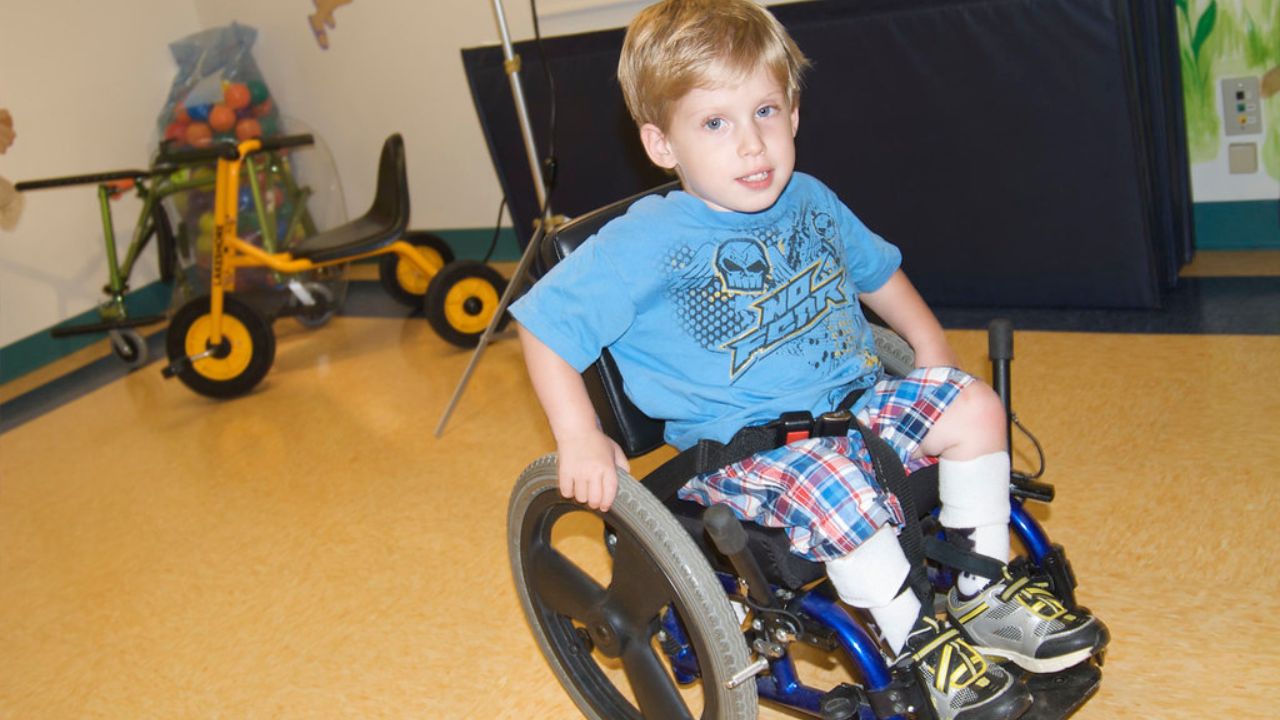
By incorporating balancing exercises into a child's routine, parents and educators can provide opportunities for children to improve their stability and coordination in a fun and engaging way. It is important to remember that each child's abilities and limitations may vary, so it is crucial to provide guidance and support during these exercises.
Progression and Advanced Variations
To further challenge the child's balance and stability, trainers can incorporate dynamic movements such as leg swings and heel-to-toe walking into the balancing on one leg exercise, allowing for progression and advanced variations. These techniques not only add variety to the training routine but also help in developing overall coordination and proprioception in children.
In addition to these progression techniques, incorporating equipment can further enhance the challenge and excitement for the child. Here are four equipment-based exercises that can be incorporated into pediatric training:
Using a balance board: This helps in improving core stability and balance.
Resistance bands: These can be used to add resistance to exercises, targeting specific muscle groups.
Agility ladder: This equipment aids in improving footwork, coordination, and speed.
Stability balls: Children can perform various exercises on stability balls to enhance their balance and stability.
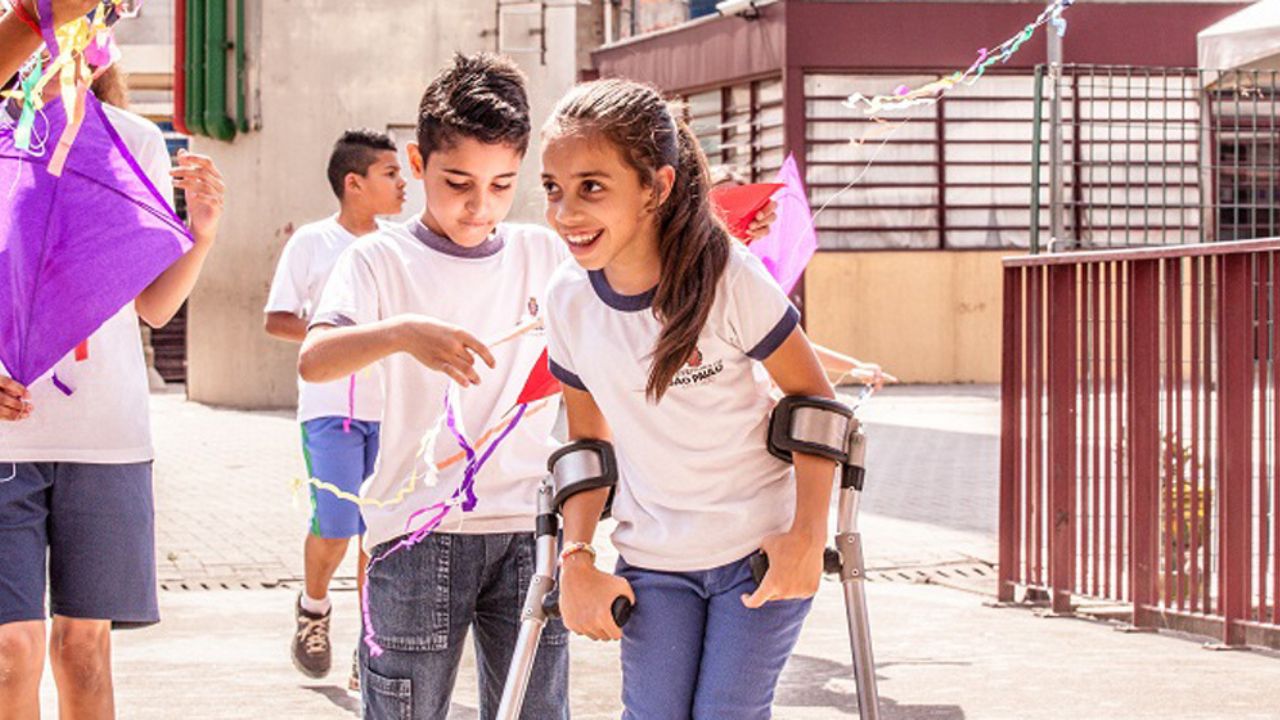
Exercise 7: Hopping
Another effective exercise for improving mobility in children is hopping. Hopping is a dynamic movement that targets the lower body, specifically the legs and hips. By engaging in hopping exercises, children can enhance their lower body strength, which is crucial for various physical activities such as jumping, running, and playing sports.
This exercise not only improves muscle strength but also promotes coordination and balance. Children learn to control their body movements while hopping on one leg or alternating between legs.
Hopping can be incorporated into a fun game or as part of a structured exercise routine, making it an enjoyable activity for children. Encouraging regular hopping exercises can contribute to the overall development of children's mobility, helping them lead a healthy and active lifestyle.
Exercise 8: Crab Walks
Although often overlooked, crab walks are a valuable exercise for improving mobility and strengthening muscles in children. This fun and engaging activity offers numerous benefits that contribute to a child's overall physical development.
Some of the key advantages of incorporating crab walks into a child's exercise routine include:
- Increased mobility: Crab walks help to improve joint flexibility and range of motion, enhancing a child's overall mobility.
- Strengthened muscles: This exercise targets the upper body, core, and lower body muscles, helping to build strength and endurance.
- Improved coordination: Crab walks require coordination between the arms and legs, helping to improve overall motor skills and body awareness.
- Enhanced posture: By engaging the muscles of the back and core, crab walks can help children develop better posture and spinal alignment.
To perform crab walks correctly, instruct the child to sit on the ground with their hands behind them and fingers pointing towards their feet. They should then lift their hips off the ground and begin moving backwards in a crab-like motion, using their hands and feet to support their weight. Encourage them to maintain a steady pace and to engage their core muscles throughout the exercise.
Exercise 9: Toe Touches
Interestingly, toe touches are a simple yet effective exercise that can improve flexibility and promote better posture in children. Performing toe touches regularly can offer a range of benefits for kids, including increased mobility, enhanced coordination, and improved overall physical fitness.
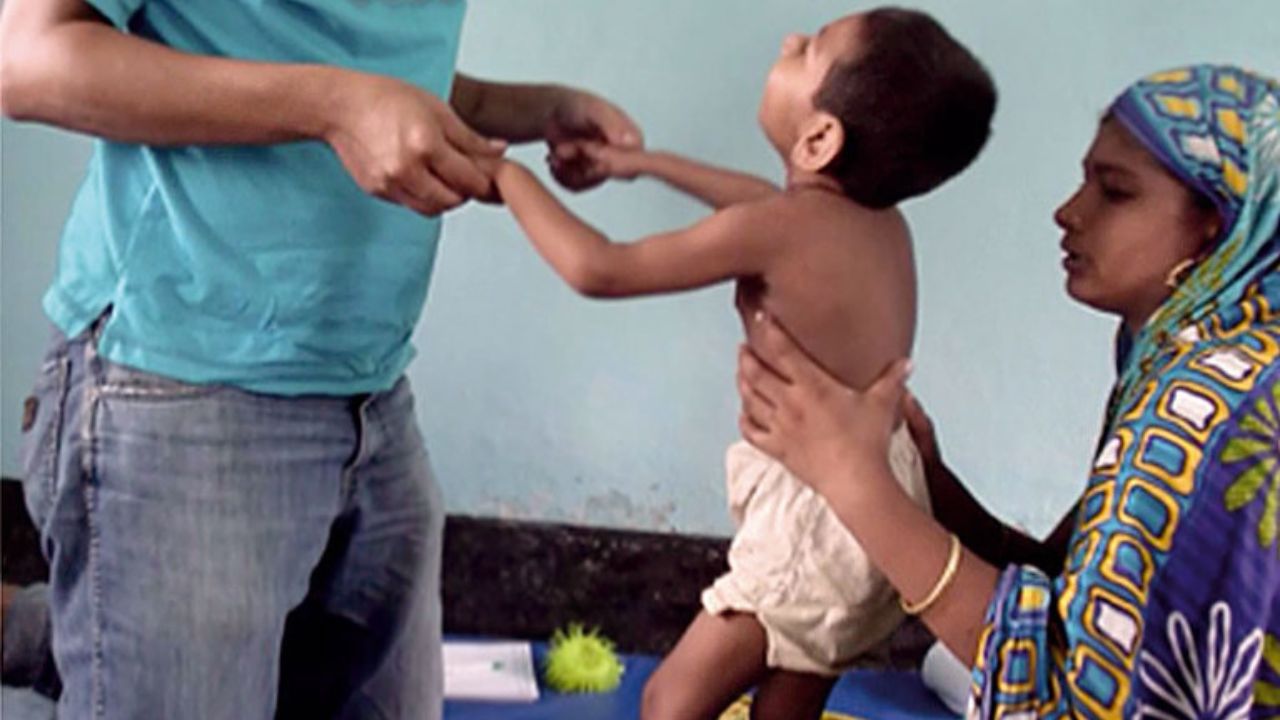
By reaching down to touch their toes, children stretch their hamstrings, calves, and lower back muscles, which helps to increase their range of motion and prevent muscle tightness. It is important to note that proper form is crucial when performing toe touches to avoid any strain or injury. Children should stand with their feet shoulder-width apart, engage their core muscles, and hinge at the hips while keeping their back straight. They should reach down towards their toes without rounding their back or straining their neck.
Encouraging children to incorporate toe touches into their exercise routine can foster healthy habits and contribute to their overall well-being.
Exercise 10: Plank Holds
Plank holds are an effective exercise that can significantly improve core strength and stability in children. When performed correctly, this exercise offers numerous benefits, including improved posture, enhanced balance, and increased overall strength. Proper plank form is essential to maximize these benefits and prevent injury.
Here are some key points to keep in mind:
- Start by lying face down on the floor, with elbows bent and forearms resting on the ground.
- Engage the core muscles by contracting the abdominal muscles and squeezing the glutes.
- Keep the body in a straight line from head to toe, avoiding any sagging or lifting of the hips.
- Breathe deeply and hold the position for 20-30 seconds, gradually increasing the duration as strength improves.
Frequently Asked Questions
Are These Exercises Suitable for Children of All Ages?
These exercises are suitable for children of all ages, as they are designed to improve mobility in pediatric training. They have been proven effective in enhancing movement and flexibility, promoting overall physical development in children.
The optimal frequency and duration of exercise for children to achieve optimal results may vary depending on their age, physical abilities, and overall health. It is important to consult with a healthcare professional or a qualified pediatric trainer for personalized recommendations.
Are There Any Modifications or Adaptations That Can Be Made for Children With Physical Limitations?
Modifications and adaptations can be made for children with physical limitations to ensure their participation and benefit from pediatric training. These modifications promote inclusivity and cater to individual needs, enhancing overall development and mobility.
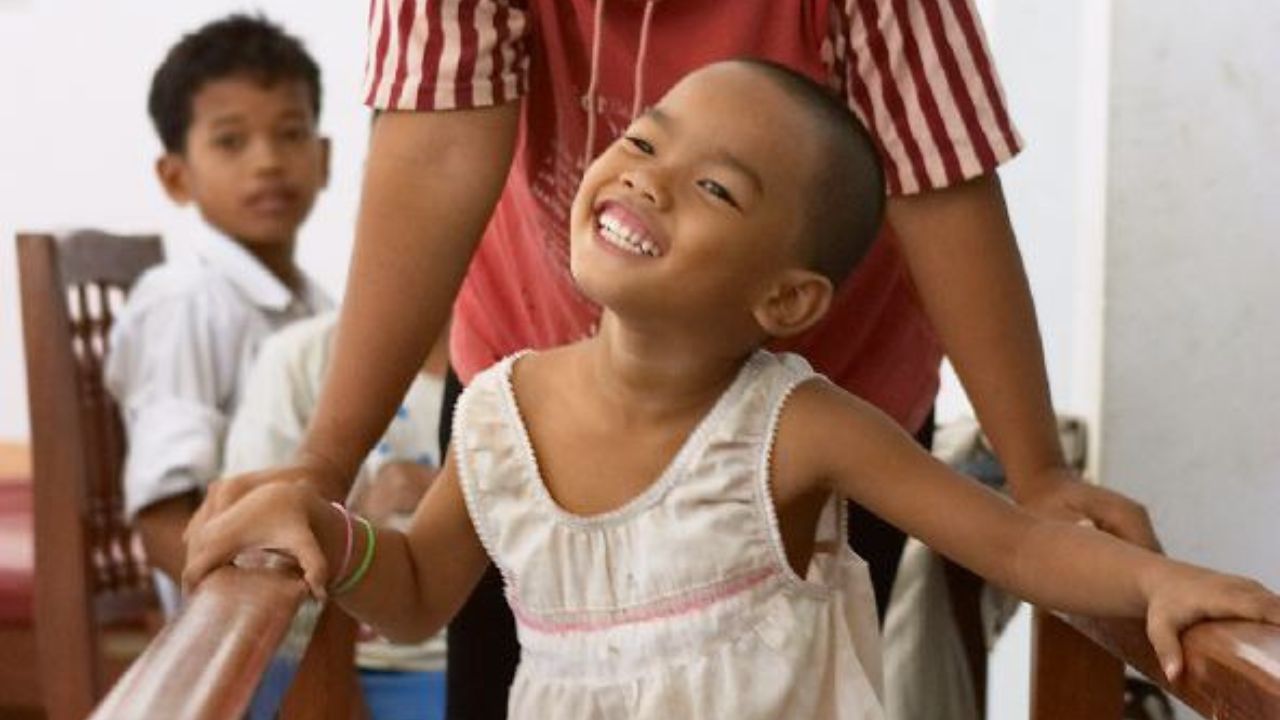
Can These Exercises Be Done Indoors or Do They Require Outdoor Space?
Yes, these exercises can be done indoors, making them accessible for children with physical limitations or disabilities. Adapting exercises for indoor spaces allows for increased convenience and flexibility in pediatric training.
When performing exercises with children, it is important to prioritize safety. Safety precautions for pediatric exercises include proper warm-up and cool-down, using age-appropriate equipment, providing clear instructions, and monitoring for signs of fatigue or discomfort. Guidelines for exercising with children emphasize gradual progression, variety, and ensuring a positive and enjoyable experience.
Conclusion
In conclusion, incorporating these top 10 exercises into pediatric training can greatly enhance mobility in children.
By focusing on movements such as squats, lunges, and bear crawls, children can develop strength, coordination, and flexibility.
Additionally, activities like jumping jacks, skipping, and hopping promote cardiovascular health and overall fitness.
The use of crab walks, toe touches, and plank holds further improve core stability and balance.
By engaging in these exercises, children can enhance their physical abilities and promote a healthy and active lifestyle.
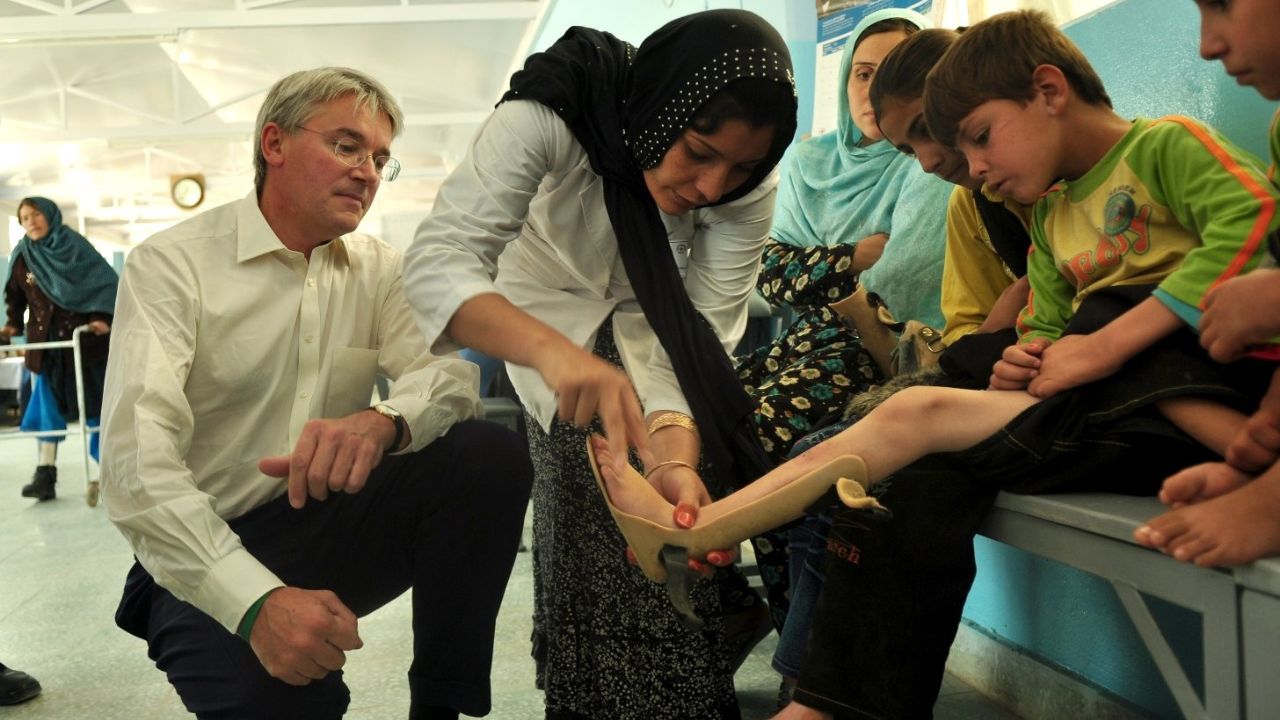
 Mobility trainingHome Fitness RecoverySports Injury PreventionPersonal Physical TherapyOrthopedic SolutionsPrivacy PolicyTerms And Conditions
Mobility trainingHome Fitness RecoverySports Injury PreventionPersonal Physical TherapyOrthopedic SolutionsPrivacy PolicyTerms And Conditions
